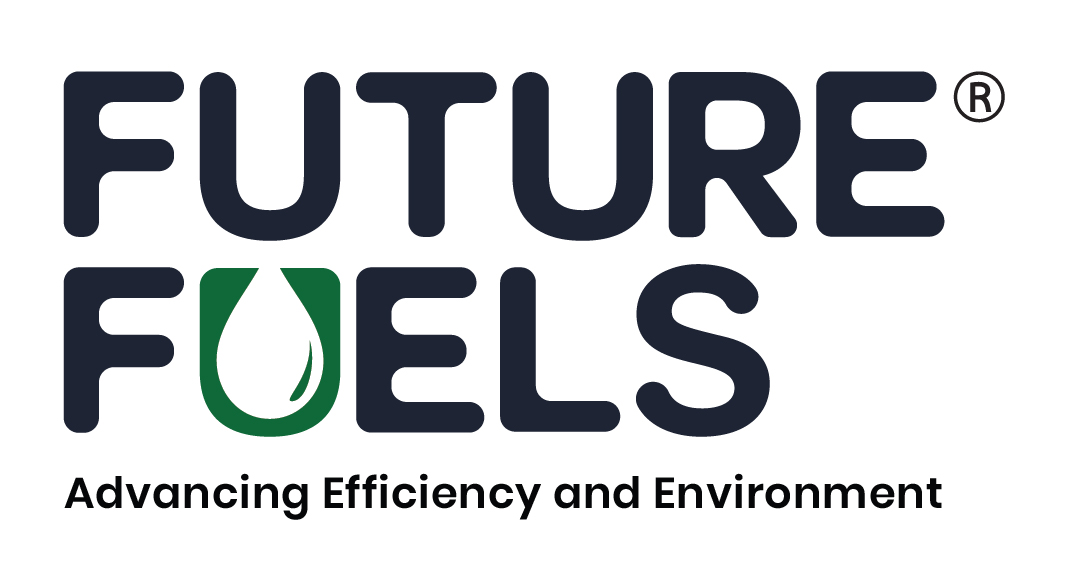Introducing carbonated water into a mixture of low-methoxy pectin and calcium carbonate solution can accelerate the gelation process, improve the mechanical strength of hydrogels, and induce intrinsic structural changes in the gel material-found a recent Tokyo University of Science research. The insights from this study validate the use of carbonated water as a means of supplying CO2 and controlling the properties of hydrogels.
The team simultaneously prepared two LM pectin/CaCO3 hydrogels-one with added carbonated water and the other without. They observed that the one with carbonated water underwent faster gelation and showed increased mechanical strength compared to the one without. These improvements could arise from the lower pH of carbonated water enhancing the solubility of CaCO3, which further increases the availability of free Ca2+ ions. More Ca2+ means better cross-linking between pectin polymers, quicker gelation, and more robust hydrogels.
After the hydrogel formation, carbonated water/CO2 was volatilized from the surface in contact with the atmosphere. The team found that post-CO2 escape, the pH of the final hydrogel was higher than the hydrogel prepared without carbonated water. The team suggested this could be because many carboxy groups were consumed during cross-linking. with Ca2+ and the acidic component, CO2, was completely volatilized from the hydrogels after gelation. The team further prepared aerogels by freeze-drying the hydrogels. They found highly ordered networks of elongated porosity in those prepared through the carbonated water route, suggesting that the CO2 from carbonated water could induce intrinsic structural changes in the hydrogels. The researchers also prepared hydrogels with different amounts of CO2 in the carbonated water to demonstrate that the pH and strength of LM pectin hydrogels can be tuned in this manner. The insights from this study can prove helpful when fabricating functional hydrogels with tailored properties.
Tags: Gelation Process, Hydrogels, Low-Methoxy Pectin, Tokyo University of Science



Recent Posts
India Showcases Green Maritime Ambitions at London Investment Meet
Hong Kong Launches Incentive Scheme to Promote Green Maritime Fuel Bunkering
MSC Hosts Sustainability Experience in Antwerp for Global Supply Chain Leaders
Kinetics and Mitsui O.S.K. Lines Sign MOU to Develop World’s First Integrated Floating Data Center Platform
Port Newark installs EV truck chargers at PANYNJ facility
Singapore’s first fully electric tug launched, paving the way for zero-emission coastal logistics ecosystem
Blue Marlin Becomes First Inland Cargo Vessel with Solar-Assisted Propulsion
ABB and Royal Caribbean Partner on 15-Year Deal to Drive Vessel Efficiency and Decarbonization